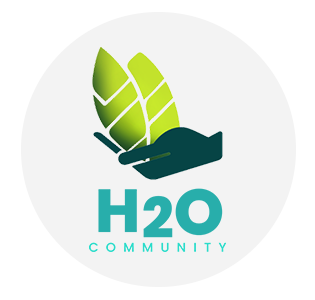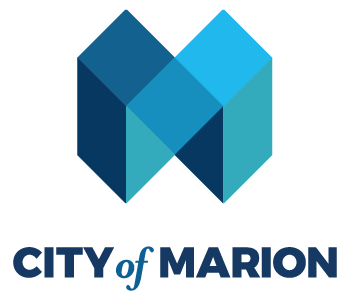Daily Weather: H: 89° | L: 73° |💧: 0 | See River Level
Upcoming Holiday: July 4th

Utility Programs
Find what you’re looking for…
Pretreatment
What is Pretreatment?
The pretreatment program is the sewer system watch dog. The purpose of the program is to protect the collection system and wastewater treatment plant (WWTP) workers, the treatment plant operations, and the Mississinewa River.
This is accomplished by making sure that no materials enter sewer system that will block the sewer system, generate harmful gases in the sewer system, limit the activity of the WWTP bacteria, cause WWTP equipment failure, pass through the WWTP to the river in toxic amounts, or restrict land application or our sludge.


How Does the Pretreatment Program Regulate Discharges?
Marion Utilities has a Sewer Use Ordinance, which outlines discharges that are acceptable or prohibited. Some of the prohibitions and limits are based on Federal regulations (40 CFR 403) and others are based on local conditions.
Marion Utilities monitors industrial facilities and other non-domestic dischargers by sampling their wastewater and inspecting their facilities. The samples collected are analyzed for the parameters addressed in our Sewer Use Ordinance and the Federal regulations. Should the limits of parameter be exceeded, the facility is notified and responsible for getting back into compliance.
What Can I Do to Help?
Individuals can help by scraping food waste and grease into the trash can or a compost bin, disposing of household hazardous waste and unused medications at recycling facilities, and tossing all wipes, rags, paper towels, and other trash in the trash can.
Industrial, commercial and other facilities can help by changing operations or activities to reduce the amount of waste sent to the WWTP, replacing harmful chemicals with less harmful options, and installing facility treatment systems to reduce the concentration of chemicals being discharged.
Download Our Industrial Discharge Permit


Fats, Oils, and Grease Program
What is the Problem with Fats, Oils and Grease (FOG)?
The discharge of animal or vegetable fat, oil and grease (FOG) into the sanitary sewer has resulted in sewer line clogs, sewer lift station failures, and wastewater treatment plant problems. In response, Marion Utilities initiated a program to reduce the amount of oil and grease being discharged to the sewer system.
Need more information?
What can I do to Reduce FOG in the Sewer System?
Individuals can help by scraping food waste and grease into the trash can or a compost bin, disposing of household hazardous waste and unused medications at recycling facilities, and tossing all wipes, rags, paper towels, and other trash in the trash can.
Grease Trap Sizing Calculator (Small)
Determine the flow rate of your sink
Calculate the capacity of the sink in cubic inches (measurements of one compartment),
and multiply that total by the number of compartments:
Length (In.) x Width (In.) x Depth (In.) = Cubic In.
Convert the capacity from Total cubic inches to gallons per minute (GPM):
Number of Compartments ÷ 231 = GPM
Adjust for displacement (displacement takes into consideration the actual useable capacity of your sink):
GPM x 0.75 = GPM* x 2 = Flow Rate Capacity (lbs.)
* The resulting GPM is the required flow rate to drain the sink in one minute.
You would then choose a grease trap with a GPM flow rate close to this number.
If Draining Multiple Sinks Into One Grease Trap
- Determine the flow rate for each sink to be serviced by the grease trap using the same calculations as a single sink.
- Add together 100% of the largest flow rate, 50% of the second largest, and 25% of all others.
- The result is the recommended flow rate (in GPM) of the grease trap.

Environmental
Services
Agricultural Lime Substitute Program
Marion Utilities agricultural lime substitute is a very fine liming material, reacting faster and more completely in the soil than a more coarse liming material. It is expected that the full benefit of the agricultural lime substitute neutralizing effectiveness will be available within three years of lime application, giving the farmer an opportunity to control and maintain the desired level of pH in the soil in a more timely way.

Marion Utilities Water Treatment plant produces agricultural lime substitute in the water softening process. The following table compares Marion Utilities agricultural lime substitute with locally available aglime.

Compost Program
Yard waste, consisting mainly of leaves, brush and grass clippings, is the main ingredient to our compost. The yard waste is ground into fine particles. Materials from street sweepings are then added as a bulking agent. The material is allowed to compost over a one to five-month period. Before it comes to the public, we screen the compost to remove the larger particles that did not break down.
Compost has the ability to improve the properties of soil physically, chemically, and biologically. Not only does it contain nutrients that your plants need for optimum growth such as nitrogen, phosphorus and potassium, but it also has long-term benefits related to its content of organic matter.
Benefits include:
- Improves soil porosity and density
- Increases soil permeability thereby decreasing erosion
- Improves the soil’s water holding capacity
- Supplies vital macro and micro-nutrients
- Supplies beneficial microorganisms
- Improves and stabilizes soil pH
- Compost’s high organic content conditions the soil
For more information, please call our Environmental Resource Specialist at 765.664.2391, ext. 129.



Septic & High Strength Waste Haulers
What hauled waste does Marion Utilities Accept?
Marion Utilities accepts septic tank waste, holding tank waste, and portable toilet waste. Other waste may be accepted following testing and evaluation.
What do I need to do to dispose of waste?
Haulers wanting to dispose of residential type waste need to complete this form:
Waste Hauler Application
Submit these along with a State License to:
Pretreatment Coordinator
Marion Utilities
1540 N Washington Street
Marion, IN 46952
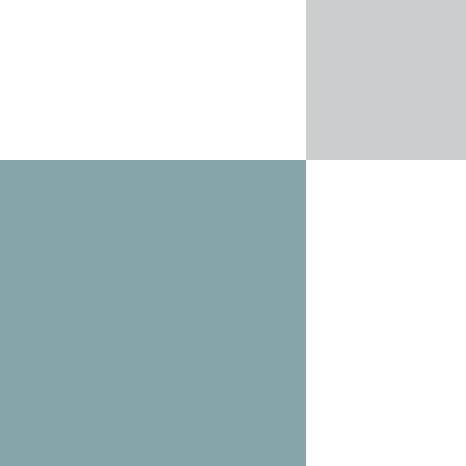
Metered Sewer Use

Who is a Sewer Meter User?
A sewer meter user is a facility or community that meters their sewer discharge. When it is determined that the metered water used at a property does not accurately reflect the wastewater volume discharged, Marion Utilities may require or allow a user to install and maintain at his or her expense an approved metering device to directly measure the quantity of wastewater discharged to the sewer system. These meters shall be tested for accuracy at the expense of the user when deemed necessary by the Marion Utility Service Board.
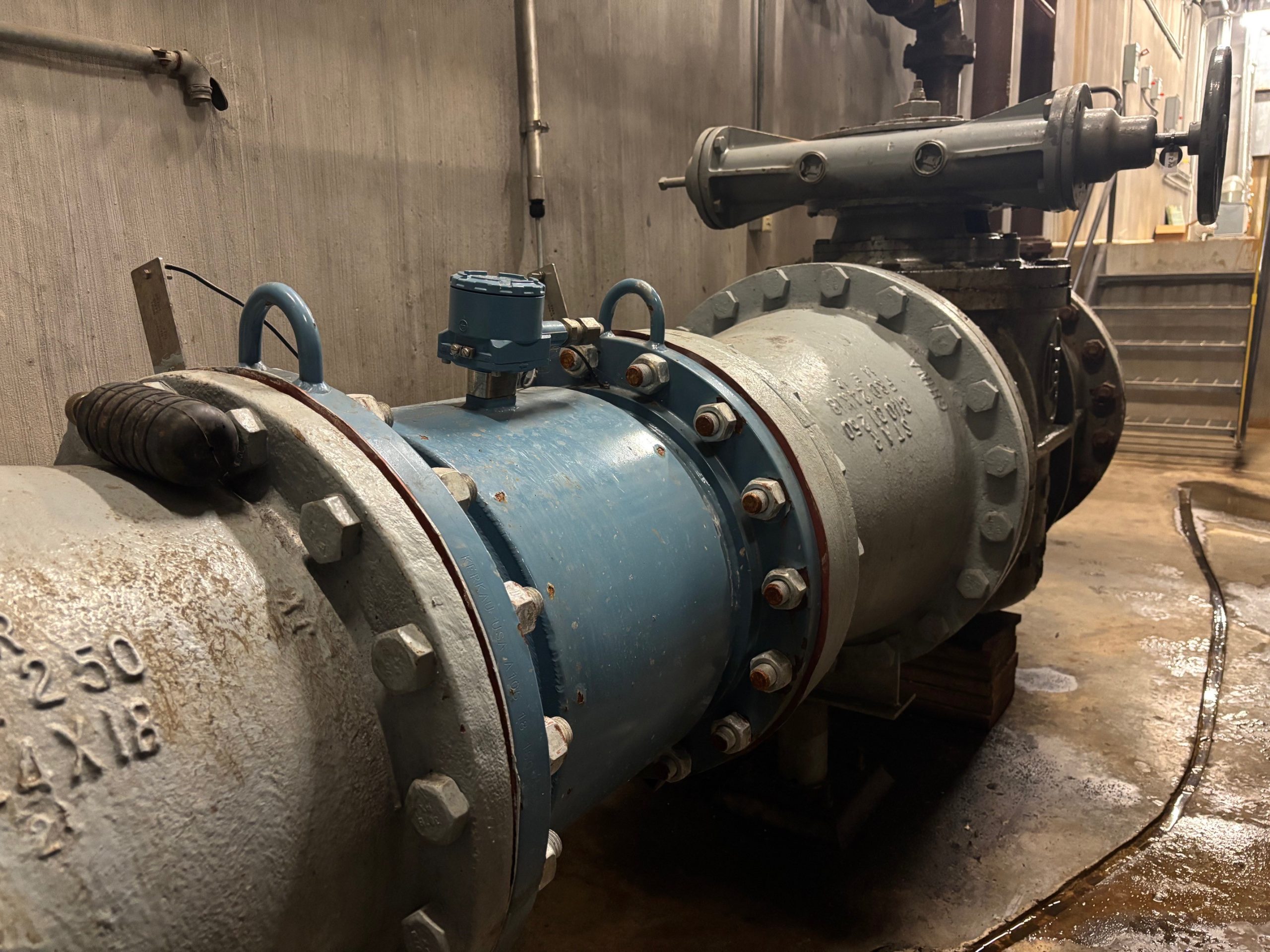
What are the Meter Requirements?
Several metering options are available. The metering device shall be designed to measure the type of flow in the discharge line and shall be installed such that the device can accurately measure the flow volume. The accuracy of the metering device shall be confirmed by periodic calibration, redundant metering, or other means.
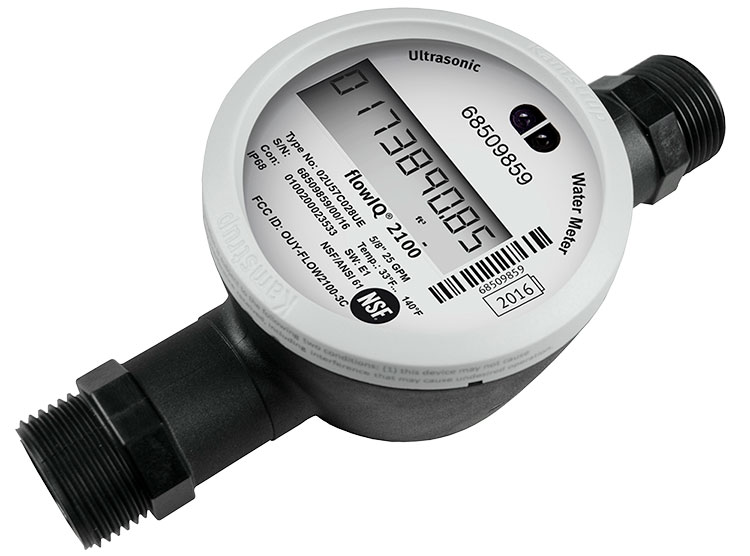
How is the Sewer Meter
Program Regulated?
Users interested in or required to install a meter on their wastewater discharge line shall obtain and complete a Private Source Discharge Permit Application. The wastewater discharge and metering information shall be reviewed. Additional information or changes may be required. If approved, a Private Source Discharge Permit shall be issued. The discharge permit shall limit discharge parameters, specify metering and accuracy testing requirements, and address other applicable concerns.
Users must meet the requirements of Marion Utilities Wastewater Rules and Regulations and the City of Marion Sewer Use Ordinance.
What is Cross Connection?
Cross connection occurs when water in your supply line has the potential to flow backwards (through back-siphonage or changes in water pressure) creating a contamination risk. Backflow incidents can be significantly reduced or prevented by using the following tools for protection:
- Air gap – vertical air space between the water supply outlet and the flood level of the receiving device
- Reduced pressure principle backflowprevention devices (RPs)
- Double check backflow prevention devices (DCs)
- Pressure vacuum breakers (PVBs)
We work with Aqua Backflow for device testing – certified testers can submit results on their website here:
Help Prevent Cross Connections From Happening
Instructions for proper installation and maintenance of these protection devices can be found in the Indiana Administrative Code 327 IAC 8-10.
Cross connections are prohibited by Marion Utilities Water Ordinance (see page 11 of the ordinance PDF). Individuals and facilities may be required to install devices on their main water, fire protection, or buried irrigation water service line and may be required to install an RP, DC, or PVB. Those devices must be tested every 12 months by a State of Indiana Certified Tester. The results must be recorded and kept on file with Marion Utilities.
To ensure that you have installed and are maintaining appropriate backflow and cross connection control measures, please read the Indiana Department of Environmental Management’s 2016 Cross Connection Control and Backflow Prevention Manual, Marion Utilities’ Backflow Prevention Brochure, and Marion Utilities’ Cross Connection Control Policy. A current listing of assemblies approved by the Foundation for Cross Connection Control and Hydraulics Research can be found here.
Backflow Preventer Device Testing
Are you in need of backflow device testing? Marion Utilities maintains a Backflow Tester Business Listing. Marion Utilities provides this list for the convenience of our customers. Companies and individuals appearing on the list are not endorsed by Marion Utilities. Marion Utilities does not warrant or guarantee the work done by the companies or individuals listed. Click here for a link to certified backflow testers registered with Aqua Backflow.
Irrigation Systems
Due to the bacterial and chemical contaminants found on lawns, irrigation systems are considered high hazards with the potential to backflow into the public water distribution system. For this reason, these systems must have an approved backflow prevention device installed and tested annually. It is the owner’s responsibility to ensure that cross connections do not exist and that the backflow prevention device is maintained.
Property owners may choose to discontinue using their lawn irrigation system for a variety of reasons, but backflow prevention requirements are still in effect and enforced unless the system is physically disconnected. If the property owner wishes to disconnect their system, Marion Utilities recommends first reviewing our informational flyer.
Backflow Prevention FAQs
What is Backflow?
Does water really flow backwards?
What is a backflow prevention device?
Why do I have to test my backflow prevention device?
How often do I have to test my backflow prevention device?
Who can test my backflow prevention device?
Does Marion Utilities earn revenue from this program?
Why has Marion Utilities decide to hire an outside vendor to help manage the program?
Where can I find information on the Indiana Administrative Code regarding Cross Connection Control & Backflow Prevention?
How do I contact Aqua Backflow?
Aqua Backflow — Cross Connection Control Operations
977 Elizabeth St.
Elgin, IL 60120
847.742.2296 (Phone)
847.742.9696 (Fax)
info@AquaBackflow.com (Email)
How do I know when my backflow prevention device is due to be tested or who tested it most recently?
Can backflow notifications be sent to a mailing address that is different from the billing address?
Where do I submit backflow prevention device test results?
I had my backflow prevention device tested. Why am I receiving a notice?
Can I have an extension on when my backflow prevention device is due to be tested?
I have a lawn irrigation system that I don't use. Am I still required to test my backflow prevention device annually?
I have removed or replaced my backflow prevention device. What do I need to do?
What happens if I fail to comply? Will my water be shut off if I don't test my backflow prevention device?
I've received a Final Disconnection Notice or Recorded Message. What do I need to do?
My water has been disconnected. What do I need to do to have my water restored?
HOURS
M–F 7:30am – 4:30pm
Wed close at 3:30pm
Solid Waste Mon – Thurs 8am – 3pm
CONTACT US
1540 N Washington St.
Marion, IN 46952
765.664.2391

